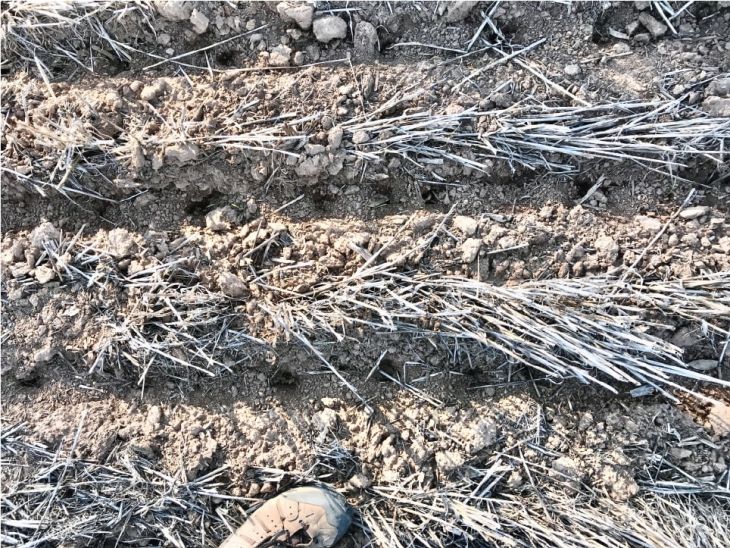
Finn Parker
Mr Parker said the camouflage treatment could be an effective solution for wheat growers, given wheat’s brief vulnerability.
“The camouflage appeared to last until after the seeds germinated, which is the period of vulnerability when wheat needs to be protected,” he said.
“Most mouse damage occurs from when seeds are sown up to germination, just under two weeks later.
“Mice can’t evolve resistance to the method either because it uses the same odour that mice rely on to find wheat seeds.”
The research was conducted in May 2021 on a farm 10 kilometres north-west of Pleasant Hills, New South Wales, where five treatments were tested across 60 plots.
Two of the treatments involved the wheat germ oil solution. The other three treatments were controls, with plots covered in canola oil, trampled or left untreated. All control treatments performed similarly, receiving significantly more damage than treated plots.
Wheat germ oil is a relatively inexpensive by-product of the milling process. The authors said their solution, which contains only wheat germ oil diluted in water, offers a sustainable, non-lethal alternative to pesticides and baits.







